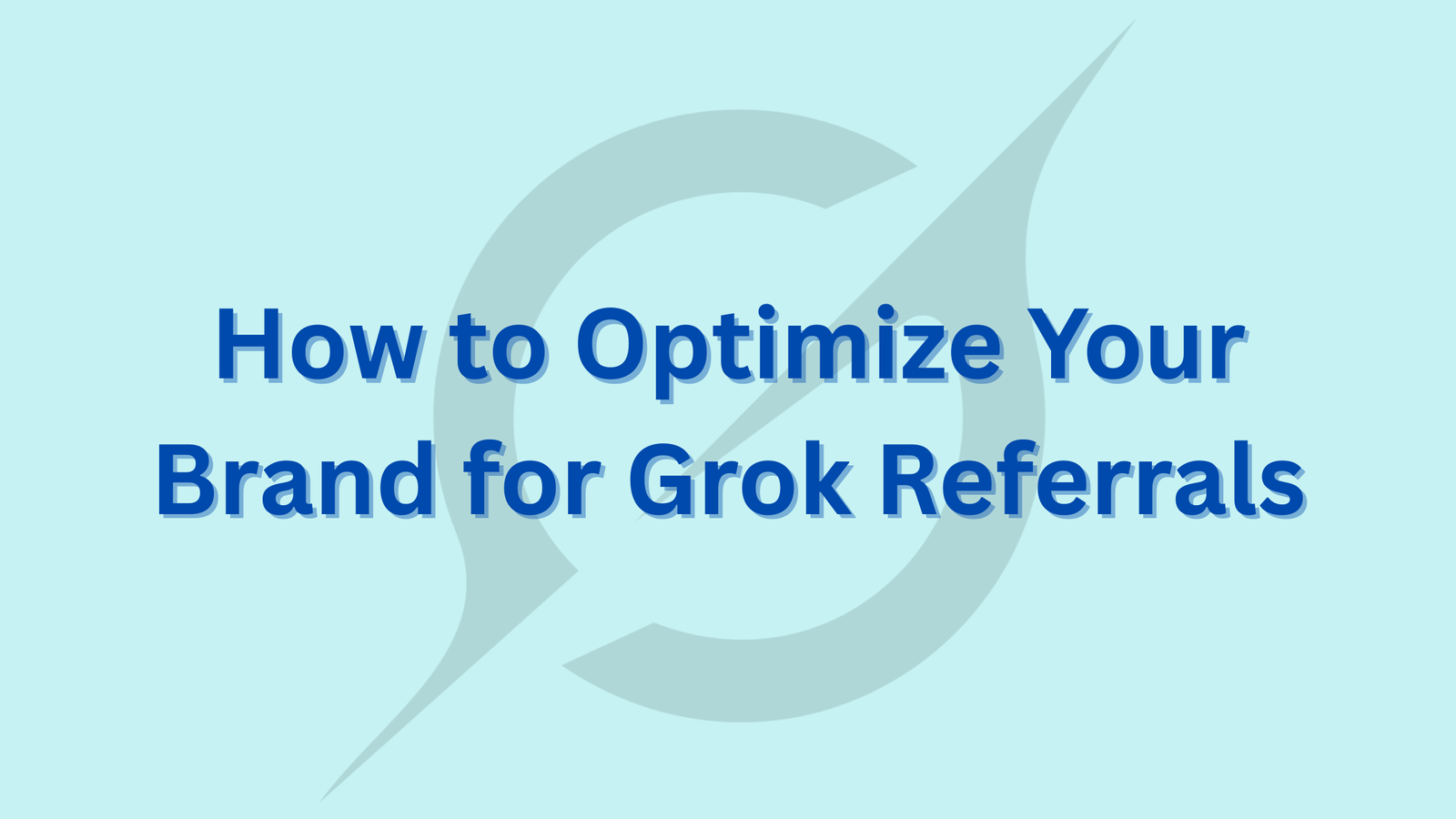
As an Optimization Lead at my company, I have spent considerable time researching how various AI platforms determine which brands to recommend in their responses.
Recently, I focused on Perplexity AI, and through detailed conversations with it, I uncovered valuable insights into its decision-making process.
Today, I want to share how Perplexity selects brands for queries such as “best [service] in [city],” and then provide you with practical steps to position your own brand effectively. This approach can help anyone in a similar role enhance their visibility on this platform.
Let me begin by describing what I learned about Perplexity’s inner workings. It employs a methodical system to ensure its recommendations are current, relevant, and reliable.
Rather than simply pulling information from a single source, it consults multiple authoritative databases, analyzes the data, and applies a scoring mechanism to rank brands. This ensures that the results are not unduly influenced by advertisements or outdated information.
What is the Process of Perplexity Selecting Brand Mentions?
From my interactions, Perplexity created a clear, repeatable method for answering questions that need the latest info (like finding the best local service providers).
I will break down each step and explain it clearly:
1- Gathering Data from Diverse Sources:
Perplexity starts by querying several established platforms. These include search engines like Google and Bing, review sites such as Yelp, and business directories like Clutch, SEMrush, and UpCity.
For instance, if the query is about website maintenance companies in Toronto, it uses specific search terms like “best website maintenance companies in Toronto” or “top website maintenance services Toronto reviews.”

It retrieves the top 30 results from each source to cast a wide net, ensuring a broad perspective. This step is crucial because it draws from real-time web data, helping to capture the most recent developments.
2- Extracting and Refining Key Information:
Once the data is collected, Perplexity parses the web pages for essential elements. This includes meta titles and descriptions, structured data like Schema.org’s LocalBusiness markup, main headings, initial content sections, customer reviews (with their ratings and dates), and contact details.
It then cleans this information by removing irrelevant parts such as advertisements or navigation menus. It also confirms the content is in English and that the location details match the target area. This refinement ensures only high-quality, pertinent data proceeds to the next stage.
3- Applying Strict Filters:
Not all collected data makes it through. Perplexity uses thresholds to filter results:
Businesses must have a verified local presence (e.g., a Toronto address), at least 10 reviews from the past 12 months, and complete contact information.
Sponsored content is either excluded or clearly marked and given lower priority unless supported by organic evidence.
This step helps maintain objectivity and relevance, preventing less credible sources from influencing the outcomes.
4- Scoring and Ranking Brands
Here is where the quantitative analysis comes into play. Each brand is assigned a score out of 100 based on a weighted formula. Let me illustrate it with the pseudocode they provided. The final score is calculated by combining several factors, each with a different weight:
- Relevance (30%) – How well the content matches the search query.
- Reviews (25%) – The average rating and number of reviews (more good reviews = higher score).
- Domain Authority (20%) – How trustworthy and credible the website is.
- Recency (15%) – How fresh the content and reviews are.
- Local Presence (10%) – How well the business is verified locally (e.g., map listings, real addresses).
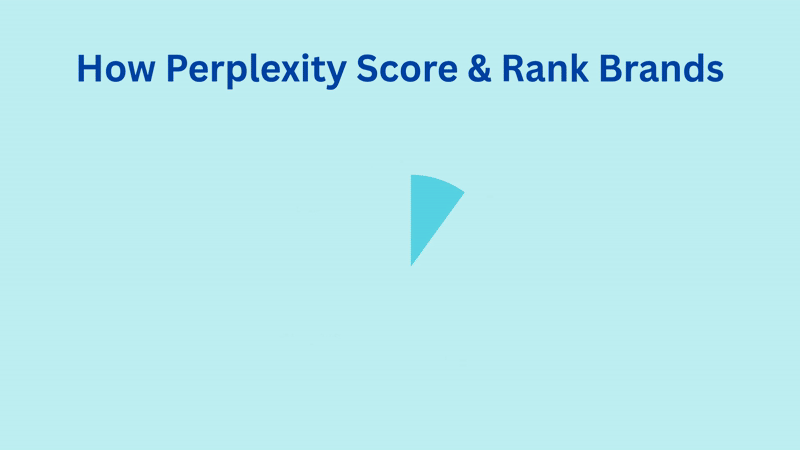
Then all these weighted scores are added up to get the final ranking score. The weights can vary slightly by about 5%, but relevance and reviews typically carry the most influence. In cases of ties, factors like the rate of new reviews or verified profiles on platforms like Google tip the balance. This scoring emphasizes brands that are actively engaged and well-regarded.
5- Deduplicating and Mitigating Biases:
To avoid redundancy, Perplexity standardizes company names (e.g., ignoring case differences or common suffixes) and consolidates entries, favoring official websites over third-party listings.
It cross-checks across sources to reduce bias, relying on objective metrics rather than subjective narratives. Sponsored elements are downranked if not substantiated.
6- Final Output and Considerations:
The results are presented with ranked brands, supporting justifications, evidence excerpts, and confidence levels.
Perplexity also highlights limitations, such as reliance on public data from the last 12 months, which might overlook emerging or smaller entities. This transparency is one of the aspects I appreciate about their system.
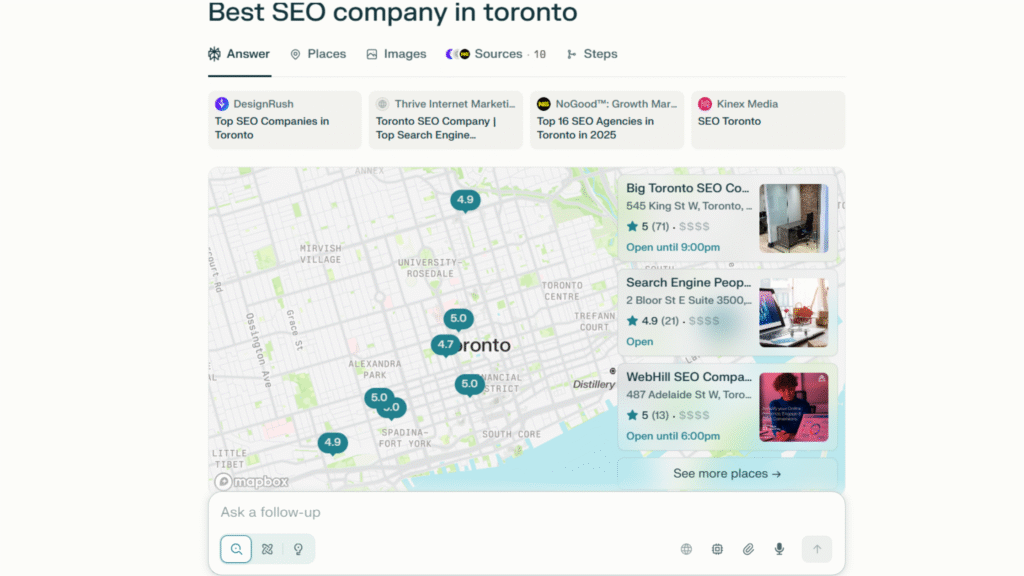
Now you can see that success on Perplexity hinges on creating a robust digital footprint that aligns with these criteria.
Perplexity Optimization Checklist | How Can You Optimize Your Brand For Perplexity?
Now let’s move to the practical part. Since Perplexity focuses on signals like structured data, strong backlinks, recent reviews, and consistent citations, I have created a custom checklist. I’ll explain each category, why it’s important, and how to put it into action. You can use the checkboxes to keep track of your progress.
Here is the following step-by-step checklist that you can follow to get mentioned in perplexity.
On-Page SEO:
These optimizations ensure your website content directly matches search queries, improving relevance scores.

Optimize Meta Title and Description:
Craft a precise, keyword-focused meta title that includes your service and location.
For example, “Expert Website Maintenance Services in Toronto | YourBrand”). This is vital because Perplexity scans metadata first for query alignment.
Focus Keyword Usage:
Incorporate target keywords organically into your H1 heading and the opening 200 words of key pages.
For instance, use an H1 like “Professional Website Maintenance in Toronto” followed by an introduction: “As a leading provider in Toronto, we deliver secure, ongoing support to keep your website performing optimally.” This helps with semantic matching.
Dedicated Landing Pages:
Develop dedicated landing pages for specific locations if applicable (e.g., yourdomain.com/toronto-website-maintenance). This reinforces local relevance without overcomplicating your site structure.
Local Signals
Strengthening these confirms your geographic legitimacy, boosting local presence scores.
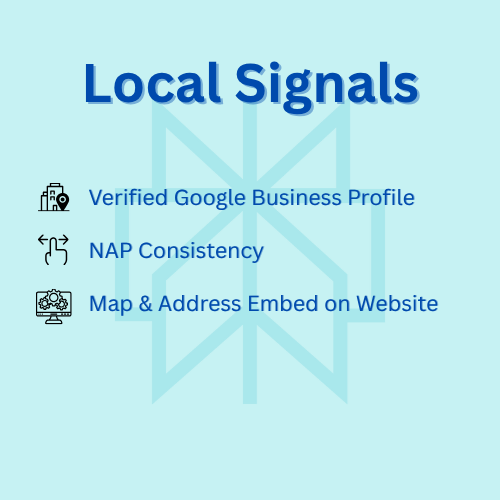
Verified Google Business Profile:
Establish and verify a Google My Business profile with exact Name, Address, Phone (NAP) details for your location. Include relevant categories and high-quality photos to enhance visibility in maps-related searches.
NAP Consistency:
Register your business on Google Maps, ensuring accurate categories and visuals. This directly feeds into Perplexity’s location verification.
Map & Address Embed:
Embed your full address and location references in the website’s footer and contact page. An example: “Located at 123 Main Street, Toronto, ON M5V 2Z2, serving the Greater Toronto Area since 2010.” Consistency here aids in cross-source validation.
Reviews & Reputation
Fresh, positive feedback significantly impacts recency and review-based scoring.

20+ Reviews:
Proactively gather reviews on Google and Yelp, targeting at least 20 in the past year. Encourage clients post-service to share their experiences.
Reply to Reviews:
Reply to all recent reviews within 48 hours to demonstrate engagement. A sample response: “Thank you for your input. We are pleased that our service met your expectations and look forward to assisting you again.”
Embed Reviews on Website:
Showcase up-to-date positive reviews on your site using embedded widgets, which highlight freshness.
Gain New Reviews:
Employ a courteous review solicitation template, such as: “We value your opinion on our recent collaboration. If satisfied, please share a review via this link. Thank you.”
Backlinks & Authority
High-quality links elevate your domain authority, a key ranking factor.
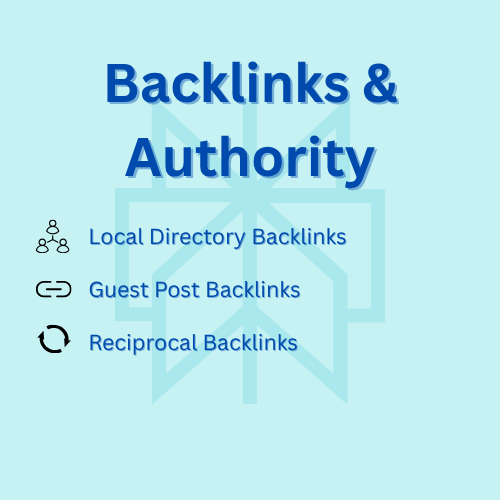
Local Directory Backlinks:
Secure backlinks from credible local directories, industry portals, and media sources. Focus on sites with strong reputations, like local business associations.
Guest Post Backlinks:
Produce and publish case studies or guest articles that link back to your site. For example, “Our Approach to Enhancing Website Performance for Toronto Businesses, A Detailed Case Study.”
Reciprocal Backlinks:
Form collaborations with complementary local entities for reciprocal links, ensuring they are relevant and beneficial.
Structured Data
This markup makes your information machine-readable, facilitating easier parsing by Perplexity.
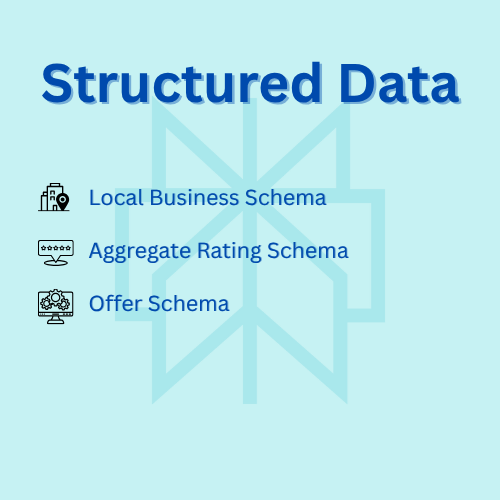
Local Business Schema:
Add LocalBusiness schema, including address, phone, served areas (e.g., Toronto), and pricing details. Implement it as JSON-LD in your page header.
Aggregate Rating Schema:
Include the AggregateRating schema with the current average rating and review count. Example code: {“@type”: “AggregateRating”, “ratingValue”: “4.8”, “reviewCount”: “25”}.
Offer Schema:
Apply the Event or Offer schema for promotions, such as “Special Toronto Website Optimization Package at $199 per month.”
Citations/Directories
Consistent listings across directories validate your presence and authority.
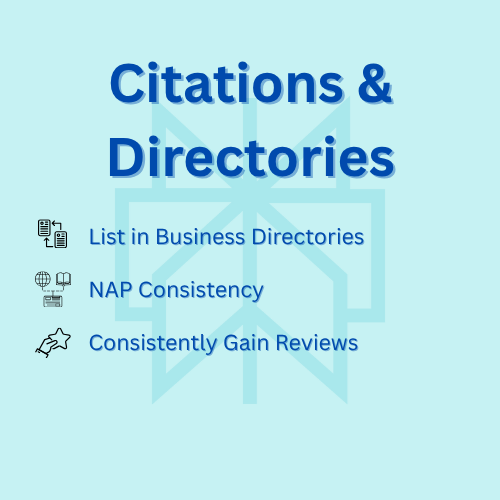
List in Business Directories:
Enroll in premier directories like Clutch, SEMrush Agency List, and UpCity, maintaining uniform details.
NAP Consistency:
Achieve NAP consistency in at least 10 key directories. Utilize auditing tools like Moz Local for verification.
Consistently Gain Reviews:
Conduct regular reviews of citations to correct any discrepancies, ideally every quarter.
External Mentions & Media
These build broader credibility and can lead to organic backlinks.

Local Publications:
Seek features in local publications, blogs, or podcasts tied to your expertise. Pitch ideas like “How Our Firm Supported Toronto Businesses Through Digital Challenges.”
Press Release:
Distribute press releases on achievements or community efforts via services like PRWeb.
Social Signals:
Keep official social media accounts active and verified, posting content that encourages shares and mentions.
Final Thoughts: Implementing These Strategies Effectively
Positioning your brand on Perplexity requires building an authentic, current online profile that resonates with its emphasis on trustworthiness and timeliness. By following this guide, you can systematically improve your standing. I recommend monitoring changes by querying Perplexity periodically and using tools like Ahrefs or SEMrush to measure progress in backlinks and authority.



